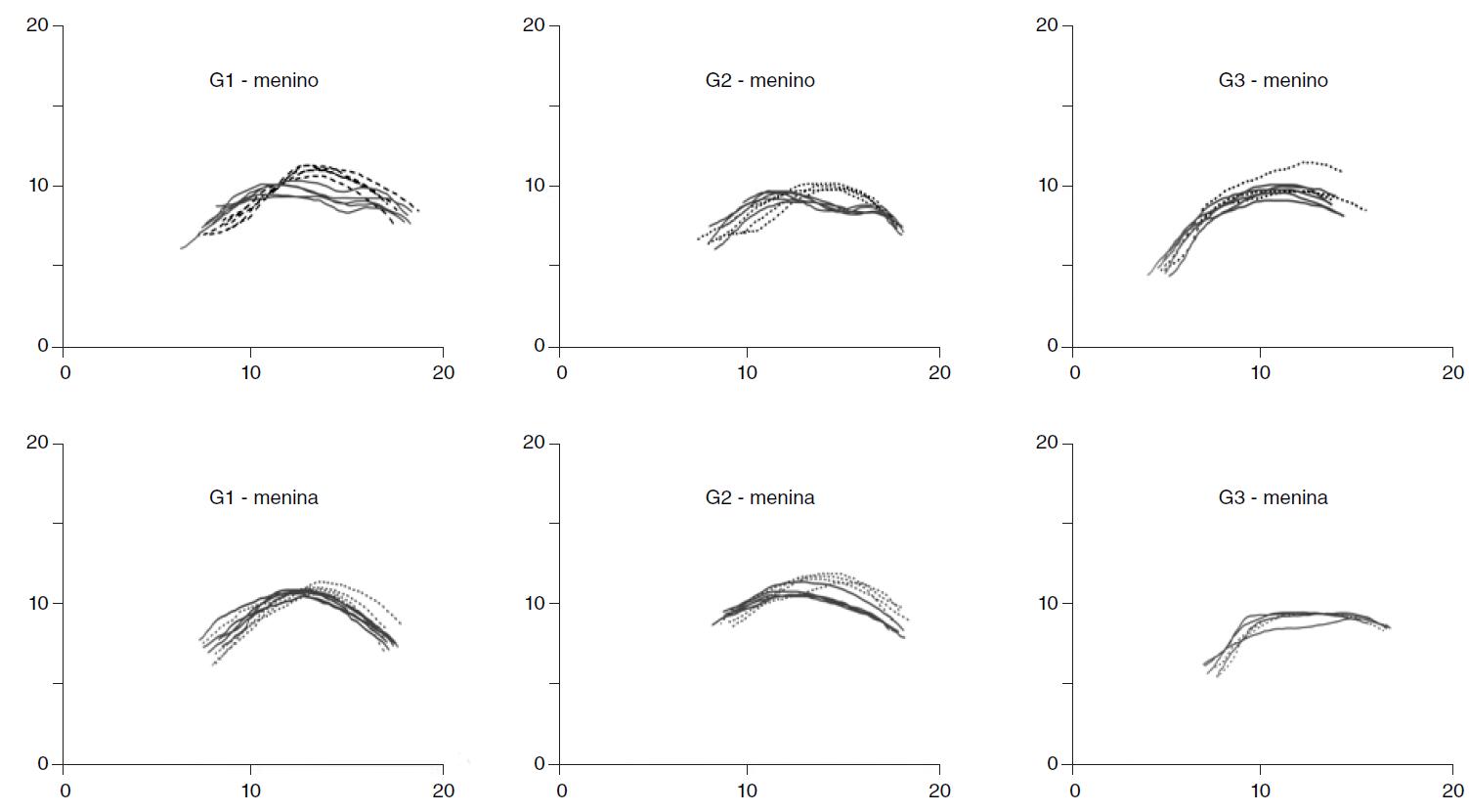PURPOSE:
To describe the tongue shape for /s/ and /∫/ sounds in three different groups of children with and without speech sound disorder.
METHODS:
The six participants were divided into three groups: Group 1 - two typically developing children, Group 2 - two children with speech sound disorder presenting any other phonological processes but not the ones involving the production of the /∫/ and Group 3 - two children with speech sound disorder presenting any phonological processes associated to the presence of the phonological process of palatal fronting (these two children produced /∫/ as /s/) aged between 5 and 8 years old, all speakers of Brazilian Portuguese. The data were the words /'∫avi/ (key) and /'sapu/ (frog). Tongue contour was individually traced for the five productions of each target word.
RESULTS:
The analysis of the tongue contour pointed to evidences that both /s/ and /∫/ were produced using distinct tongue contours for G1 and G2. The production of these two groups was more stable than G3. The tongue contour for /s/ and /∫/ from the children in G3 was similar, indicating that their production was undifferentiated.
CONCLUSION:
The use of the ultrasound applied to the speech analysis was effective to confirm the perceptual analysis of the sound made by the speech-language pathologist.
Speech, language and hearing sciences; Child; Evaluation; Articulation disorders; Ultrasonography


